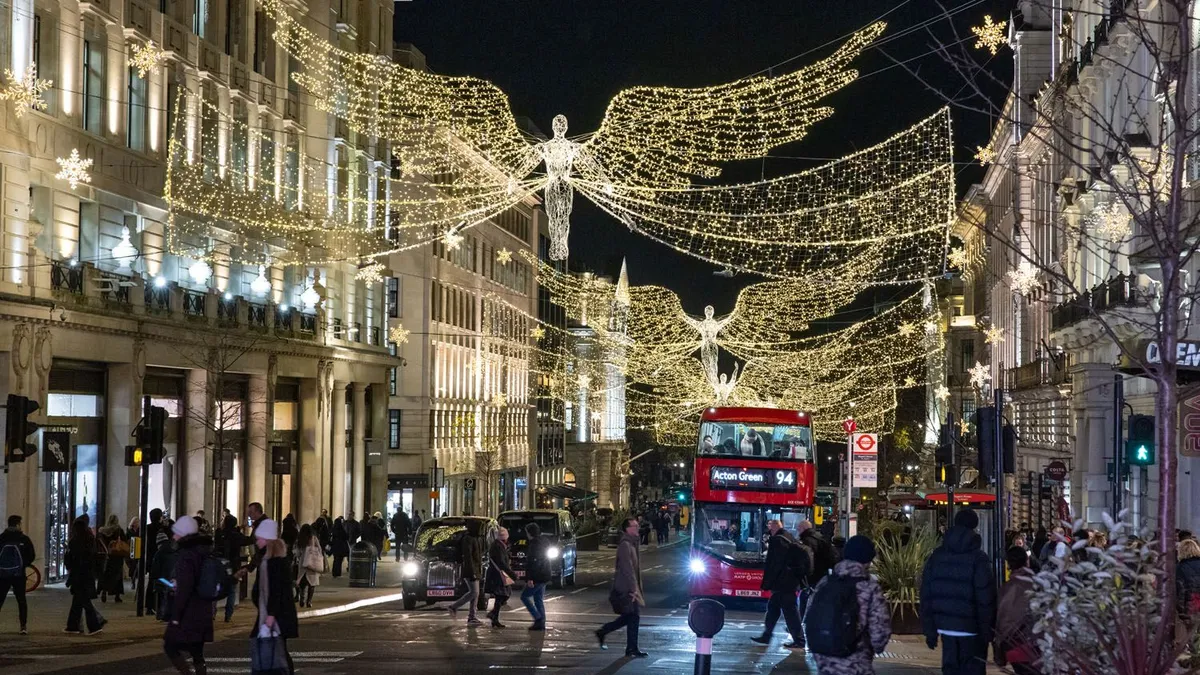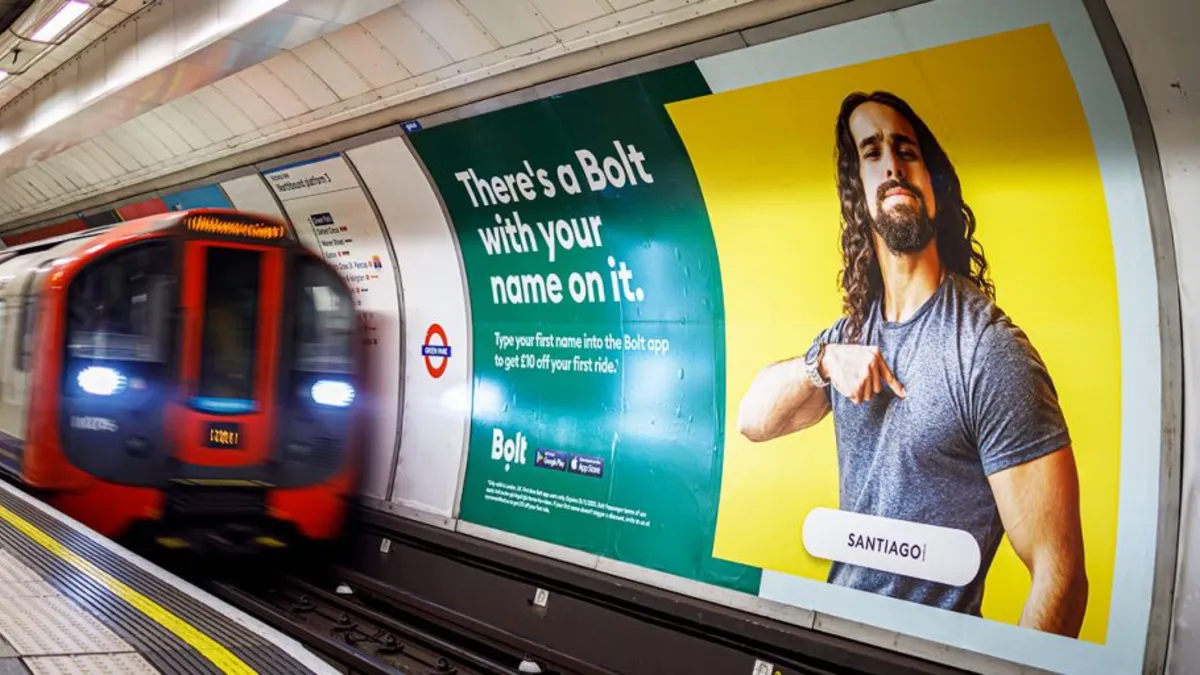
Discover the key factors that impact the cost of advertising on the London Underground. Learn how location, format, duration, and seasonality shape campaign budgets. Get expert insights and start your Tube advertising campaign today!
Factors Affecting the Cost of Tube Advertising
London Underground advertising is a highly effective way to reach millions of commuters every day. With Londoners and tourists relying on the Tube for daily travel, brands can achieve unparalleled visibility and engagement. However, the cost of a campaign varies depending on several key factors, from station location to ad format and duration.
In this article, we’ll explore these factors to help you understand what shapes your advertising investment. For a broader overview of Tube advertising benefits, you can also read our article Maximise Your Brand’s Reach with London Underground Advertising: Why Tube Adverts Are a Game-Changer.
1. Location: Prime vs. Peripheral Stations
One of the biggest cost factors is where your advert is placed. High-traffic stations, particularly in central London, tend to have higher advertising rates due to their large daily footfall.
- Stations such as Oxford Circus, King’s Cross, Waterloo, and Liverpool Street see over 100 million entries and exits per year (Source: TfL), making them premium locations.
- Advertising in outer-zone stations may offer a cost-effective alternative while still effectively targeting local commuters.
Choosing the right location depends on your target audience and campaign goals. If your brand needs exposure to high volumes of commuters, a central London campaign may be worth the investment.
2. Advertising Format: Posters, Digital Screens & Train Ads
The type of ad you choose significantly impacts your budget. The London Underground offers a variety of advertising formats, each catering to different marketing objectives:
- Posters & Billboards – These static ads are placed on station walls, escalators, and platforms. They remain visible 24/7 and are ideal for long-term brand reinforcement.
- Digital Screens – Dynamic, high-definition digital displays are strategically placed in high-traffic areas such as ticket halls and escalator panels. They allow for animated and rotating ads.
- Train Carriage Advertising – Internal train panels and full-train wraps ensure prolonged exposure to commuters during their journey.
- Full Station Takeovers – For maximum impact, brands can dominate an entire station with digital and static ads, ensuring an unmissable presence.
For more details on how to select the right format, check out our guide: How to Advertise in the London Underground: A Comprehensive Guide.

3. Campaign Duration: Short-Term vs. Long-Term Placements
Another key cost factor is how long your campaign runs.
- Short-term campaigns (e.g., two-week digital screen placements) are suitable for seasonal promotions or product launches.
- Longer-term campaigns (running for months or even a year) help build brand recognition and ensure repeated exposure to daily commuters.
The longer your campaign runs, the greater the exposure and potential return on investment. Many brands opt for a mix of short and long-term placements to maximise impact.
4. Time of Year: Peak vs. Off-Peak Advertising
Seasonality plays a major role in Tube advertising demand, which in turn influences costs.
Peak Advertising Seasons:
- Christmas & Holiday Periods – Increased footfall from Christmas shoppers makes this a high-demand time.
- Tourist Seasons (Spring & Summer) – International visitors and UK travellers boost audience numbers.
- Major London Events – The London Marathon, Fashion Week, music festivals, and sports events attract high volumes of people, making ad space more competitive.
Advertising in off-peak seasons can offer cost benefits while still reaching a significant audience.
5. Audience Targeting & Customisation
London Underground Advertising allows for strategic audience targeting based on:
- Commuter Demographics – Business professionals, students, tourists, and local travellers all use the Tube daily.
- Travel Routes – Some brands focus on key commuter lines that align with their target market.
- Time of Day – Campaigns can be designed to reach peak-time commuters or off-peak leisure travellers.
By leveraging TfL’s audience insights, brands can create highly effective campaigns that ensure their budget is spent wisely.
Get Started with London Underground Advertising Today!
London Underground Advertising is one of the most effective ways to capture attention, build brand awareness, and drive customer engagement. Whether you’re looking to increase foot traffic, launch a new product, or reinforce brand recognition, advertising on the Tube offers an unparalleled opportunity to connect with millions of commuters daily.
Don’t miss out on the benefits of London Underground advertising—get in touch with us today to discuss your bespoke London Underground advertising campaign. Fill out our online contact form to get started!
Latest News
02 Sep 2025 · 3 minute read
by Lilly Ashford
Disney Plus brings characters to life on London Tube escalators
07 Oct 2025 · 5 minute read
by Penny Hargreaves
New Piccadilly Line Trains Set to Run in a Year, Bringing Fresh Advertising Opportunities
Our Valuable Clients, Past and Present
Schedule a call
Pick a date and time for a call that suits you.
We can go through all the available format options and any other questions you have about successfully launching your next advertising campaign.
Launch Your Tube Campaign Today!
Get your brand in front of millions of Londoners and tourists as they move through the city. Just fill in your details on the form to advertise on the London Underground, and our expert team will be in touch to kickstart your journey towards standout, high-impact results.
Join the 1000s of brands, big and small, who stand out and connect with the transport network’s users.




















